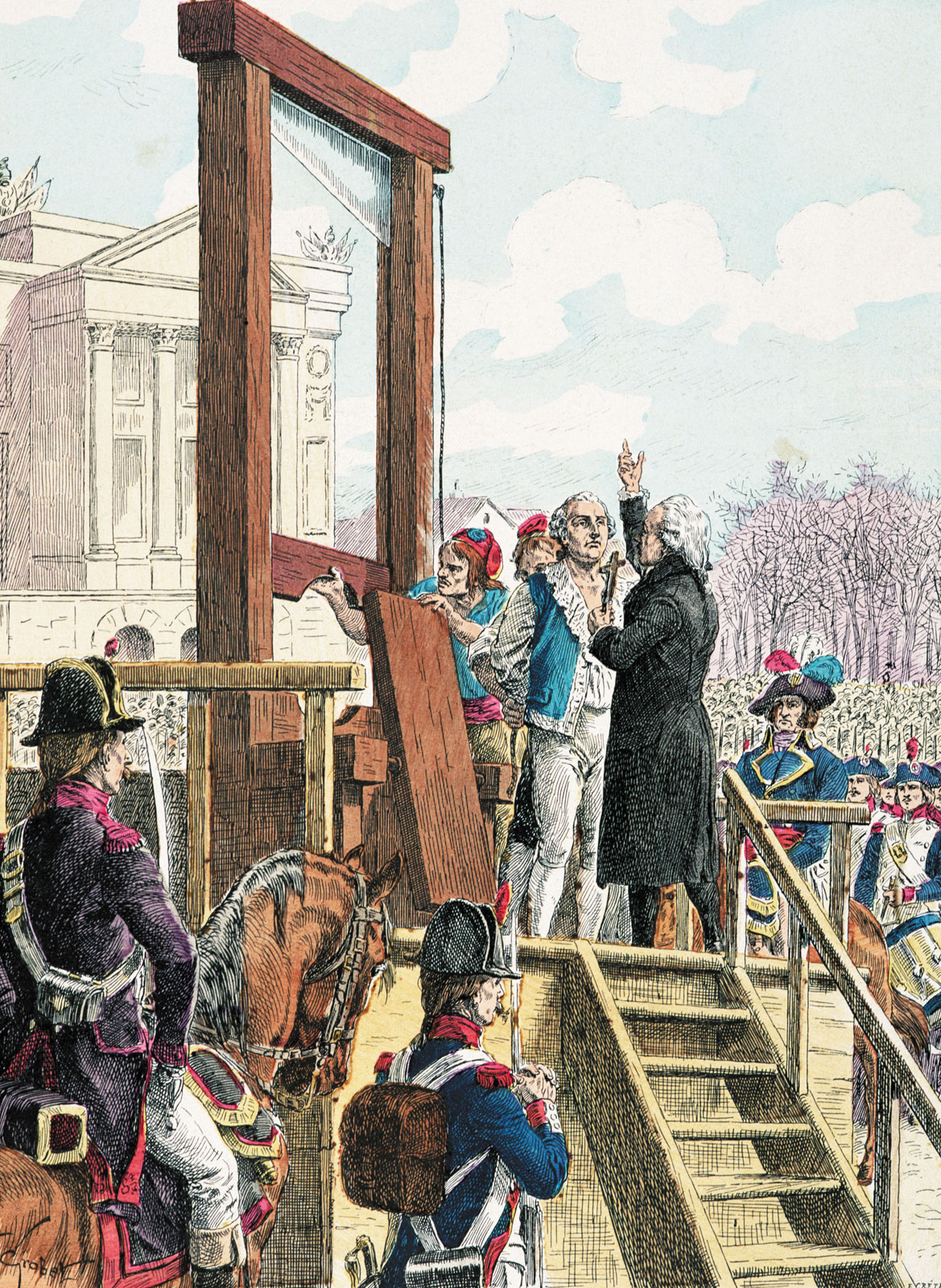


La rumeur fut si forte que les vitres des commissaire fure cassé et que Ton asomma plusieurs malheureux et meme que I'on en brula un en place de greve, que I'on avoit prie resemblant a un mouchard. Mon pere vint me cherchée à l'ecolle comme bien d'autre avec sept fort garson tonnelier quy portoit chacun un levier sur l'épaule. Sela fit beaucoup de reumeurt dans Paris. 13: “dans cest temps le bruit couroit que I'on prenoit les jeunne garson et que I'on les seigneoit et qu'il étoit perdue pour jamais et que de leur sangs servoit pour baigné une princesse ataquée d'une maladie quy ne pouvoit etre que guerit avec du sangs humain. note 6 Mémoires de Jacques Louis Ménétra écrits par luy-même, Bibliothèque Historique de la Ville de Paris, Ms. On the particular question of the floating population, see my article: “La Population flottante de Paris à de la fin de l'ancien régime”, in: Annales Historiques de la Révolution Française, No 187 (January-March, 1967), pp. A concrete example: was it an accident that so many masons were recruited from the Limousin? The accent here must be on the heterogeneity of the laboring poor, and nothing that is said here, however much it attemps to establish characteristics shared by a large percentage of the total group, should be taken as questioning that fundamental fact. Furthermore, the social historian will want to study connections that may exist between place of origin and trade recruit ment in and towards Paris, and the ways in which certain trades came to be dominated (and internally policed) by men of one province: given the lack of national integration in the eighteenth century, one might almost say: by men of one culture group as opposed to another.

More important, in my view, is the need to distinguish between those exercising a trade within a guild framework and those outside the fold, between those who actually produced goods and those who engaged in marketing them, the petits marchands des rues. By this I mean not only the diverse socio-professional groups – butchers, bakers, candlestick makers – so dear to the hearts of French social historians. note 3 It is not yet possible to give a quantitative breakdown of the constituent parts of the laboring poor. In sum, the use of the concept of the laboring poor enables us to come close to the reality of eighteenth century paris and to watch the disagregation of that reality with the passage of time. If we look toward the future, we see that the French Revolution Was to bring about a temporary split in their ranks by politicizing those among them who became the sans-culottes, and that the Industrial Revolution was to complete this division on other bases by allowing some of the laboring poor to become petty capitalists, While forcing the majority to become proletarians or to fall further still into the nether world of the lumpen-proletariat.

They did in fact form a whole, whom contemporaries called “les classes inférieures”. Classes laborieuses and classes dangereuses lived side by side and recruited their personnel from one another. It is large enough to take account of the complexities of eighteenth century social conditions, stressing the mobility and social intercourse that existed, albeit on a diminishing scale, between the master artisans and shopkeepers, their apprentices and journeymen on the one hand, and the domestics, beggars, criminals and floating elements in the population, on the other. The category has several virtues as a tool of historical analysis.
#We. the revolution fr manual
“Laboring poor” is by far the best, for it emphasizes two primary facts about the people with whom we are concerned: first, that, to one extent or another, they earned their living by doing manual labor, and, second, that they were being continuously impoverished, as Professor Labrousse has shown. “Working class” is too much identified with nineteenth century developments and, what is worse, conjures up an image of a homogeneous group that does not conform to eighteenth century realities. “Proletariat” is clearly anachronistic “wage-earners” is inadequate in a society where cash wages were far from being the most common form of payment for labor. At the very beginning of the investigation, it is necessary to find a word to describe the European masses before the coming of the twin revolutions, the French and Industrial, that have contributed so much to the making of the modern world.


 0 kommentar(er)
0 kommentar(er)
